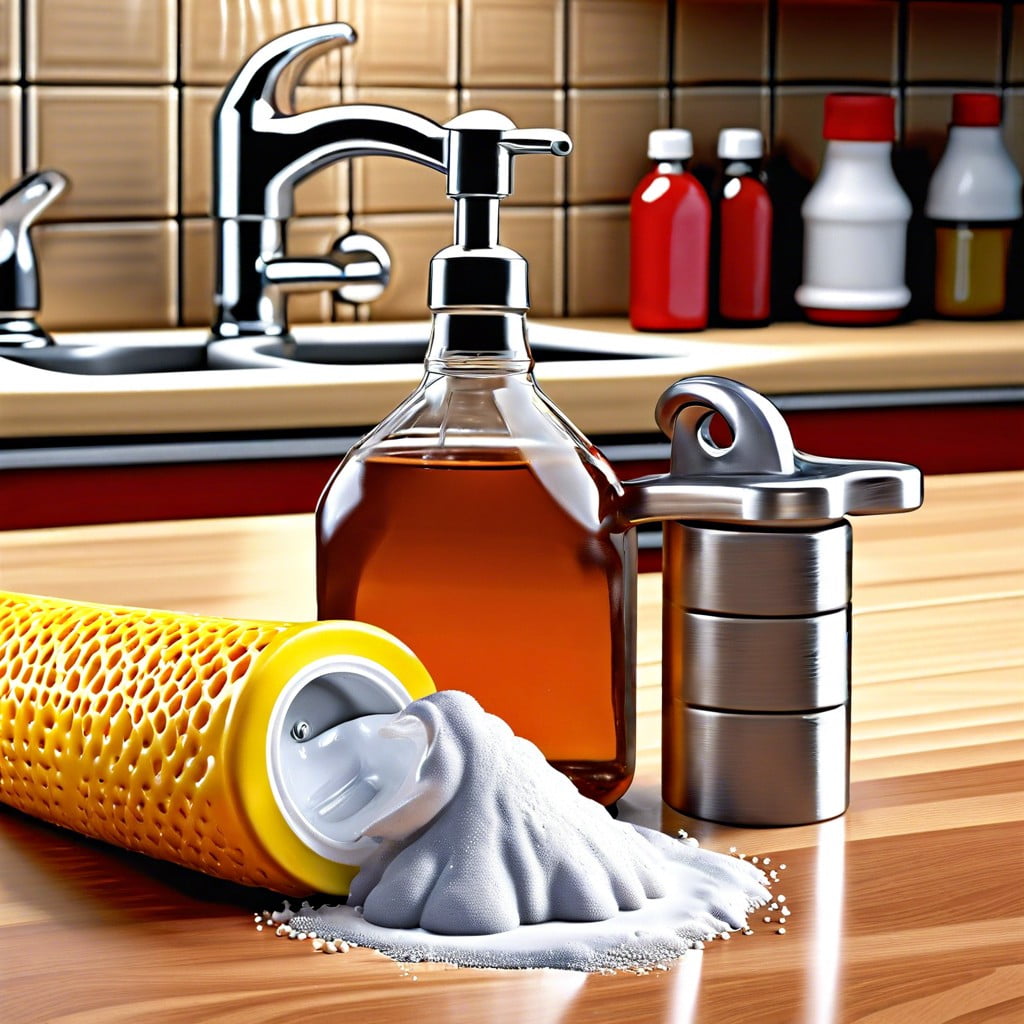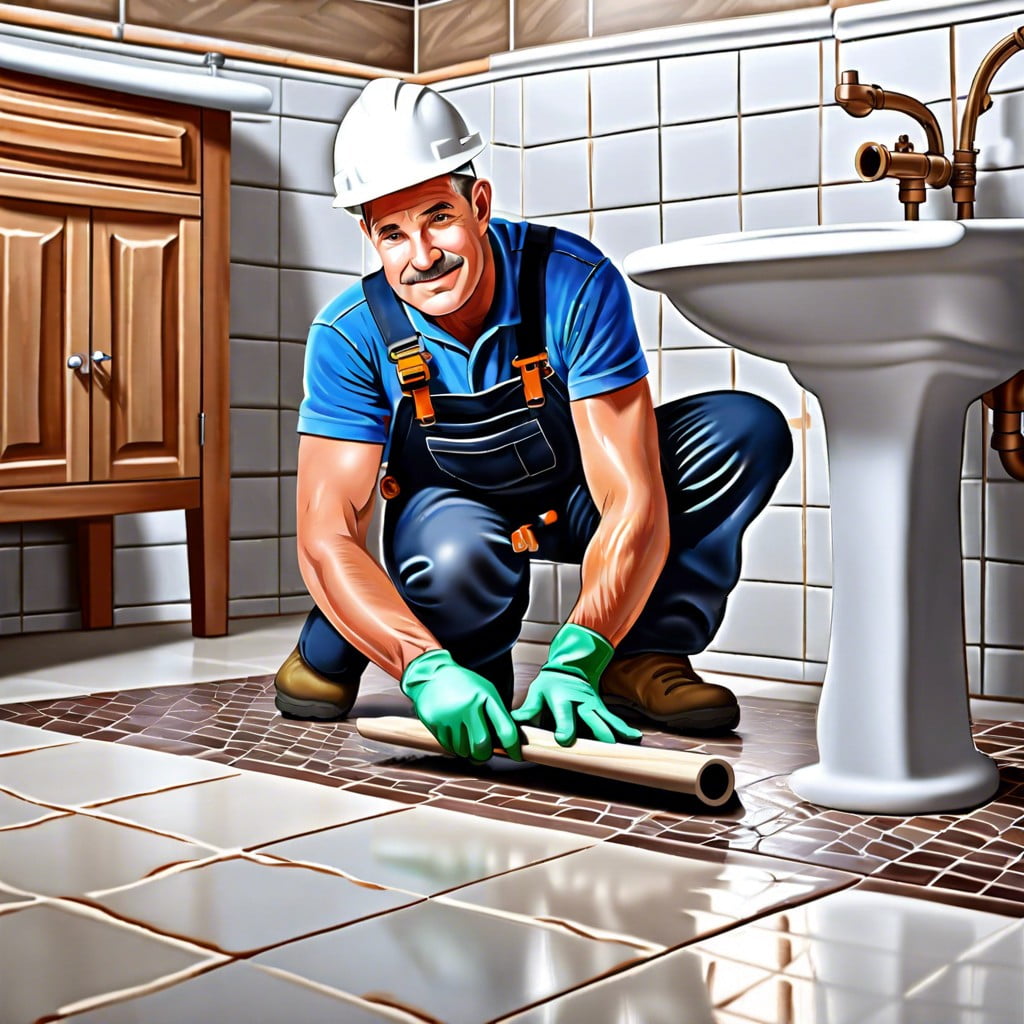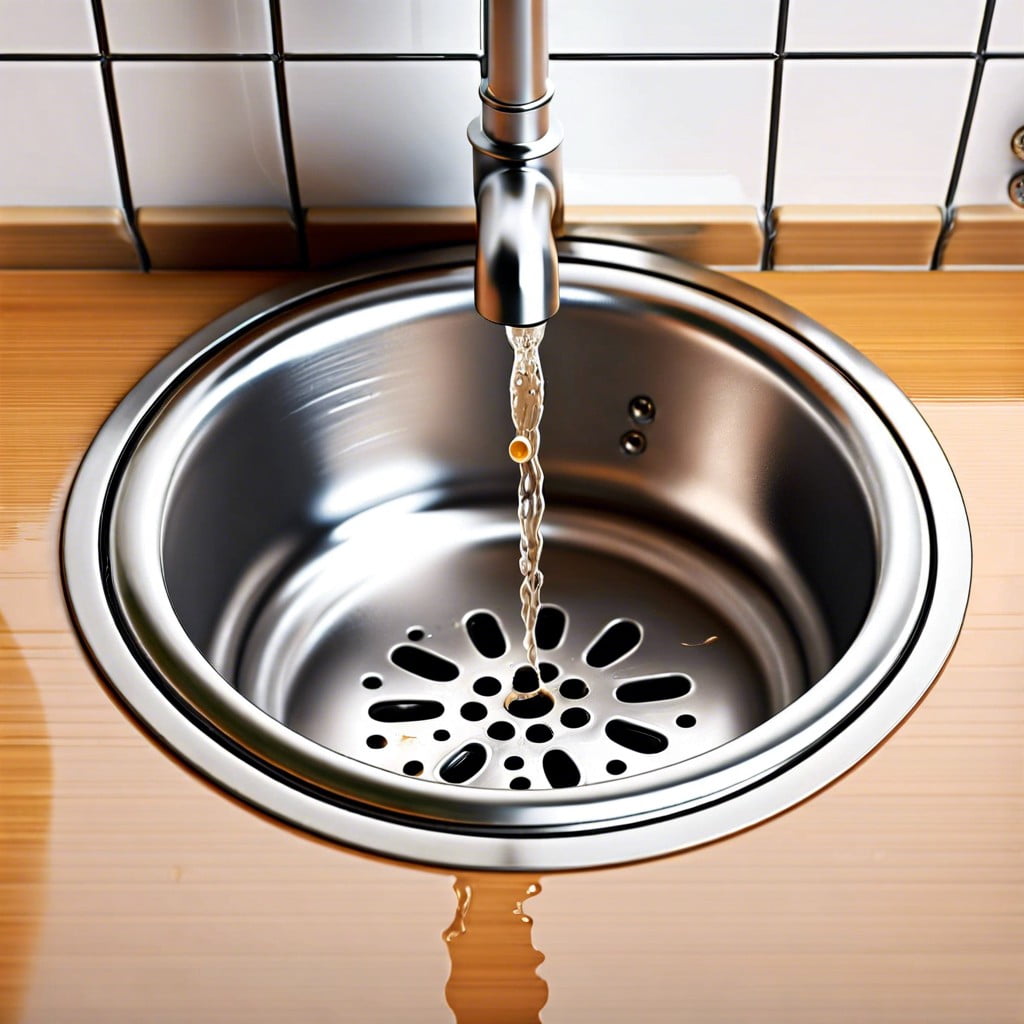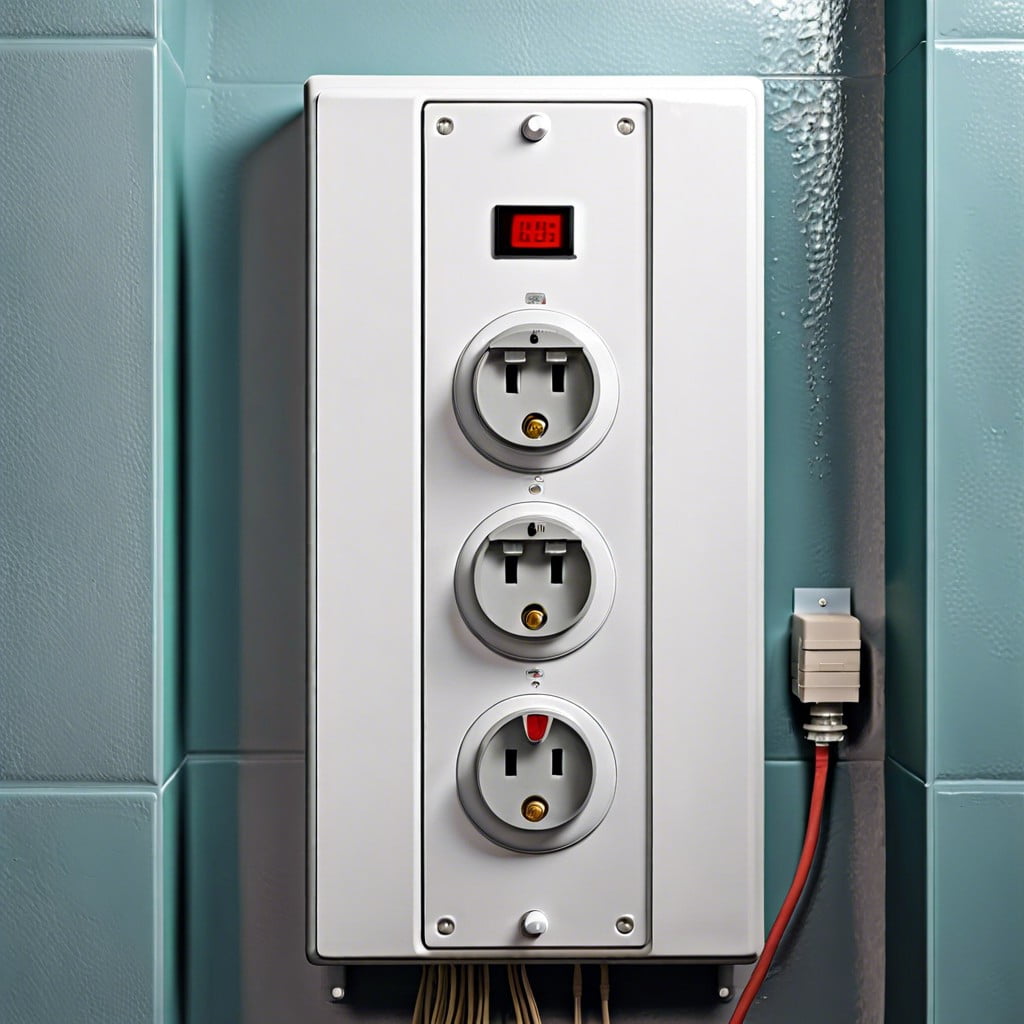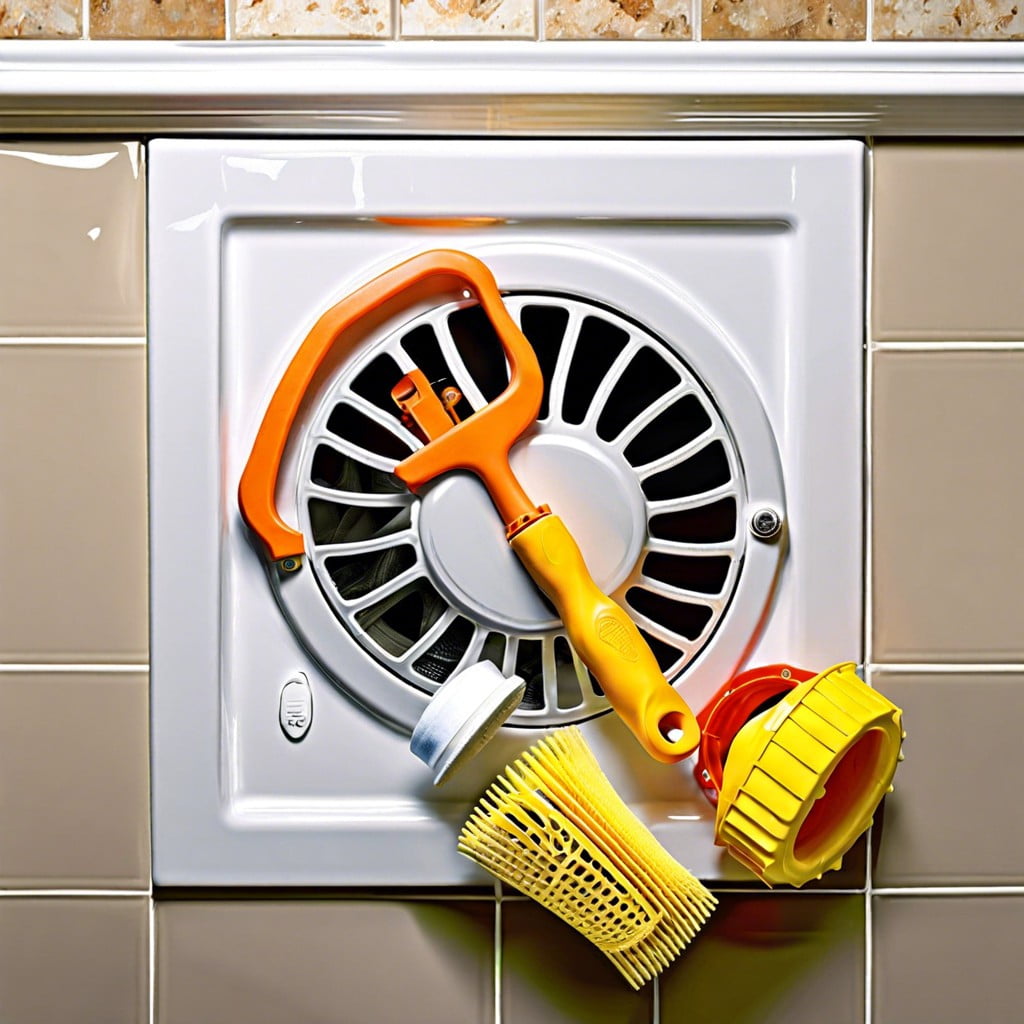Last updated on
Learn the vital steps for plumbing installation to ensure a leak-free and efficient home water system.
Key takeaways:
- Understanding local plumbing codes for safety and efficiency.
- Planning efficient water supply system with proper pipe material.
- Precision in the aboveground rough-in phase and proper venting.
- Using correct joint compound, accurate measurements, and proper support brackets during fixture installation.
- Regular maintenance tips: inspect for leaks, clean fixtures, flush water heater, know how to shut off water, and treat drains with care.
Understanding Local Plumbing Codes
Navigating the maze of local plumbing codes is not about stifling creativity or complicating installation; it’s about ensuring safety, efficiency, and functionality. These regulations are grounded in practicality—preventing backflow that could contaminate your drinking water, for example, or making sure pipes are properly vented to prevent dangerous gas build-ups.
Each community’s codes safeguard the area’s specific needs, dictated by climate, geography, and even local infrastructure. To avoid costly do-overs or penalties, secure a permit if required, and engage with an inspector before you begin. They’re there to help, not hinder, providing peace of mind that your plumbing will be reliable for years to come.
Understanding these principles supports streamlined installations and upholds community well-being.
Planning the Water Supply System
When charting your water supply system, consider the layout of your home to determine the most efficient pathways for pipes. Opt for routes that minimize bends and obstructions to maintain water pressure and simplify future maintenance. Factor in the location of your main water supply line for an accessible connection point.
Factor in both hot and cold water needs for all potential fixtures; this dual planning ensures that you accommodate for both systems seamlessly. Employ a manifold system – centralized control – to streamline the water distribution process if the budget allows. This innovation affords each fixture individual shut-off capabilities, a boon for controlling flow without disrupting the entire house during repairs or alterations.
Also, do not overlook the importance of selecting the correct pipe material. Pex tubing, for instance, offers flexibility and corrosion resistance, which can reduce the frequency of costly repairs down the line. Copper, while tried and true, may be a more expensive option but is well-known for its longevity.
Diameter choices for pipes will significantly influence water delivery. Larger pipes may be more than necessary for small homes and can incur unnecessary costs, while undersized pipes can result in poor water pressure and unsatisfactory performance of fixtures. Aim for a balanced approach that considers future expansion possibilities – rough in provisions for potential new bathrooms or kitchens to avoid rework later on.
Mastering the Aboveground Rough-in Phase
In the rough-in phase, precision is your ally. Focus on aligning pipes correctly and securing them firmly, ensuring they run in the most efficient paths while avoiding potential obstructions. A critical point to remember: measurements matter. Double-check distances between fixtures and pipe connections. This precision prevents costly errors that could arise from cutting pipes too short or placing them in hard-to-reach areas.
Vents are non-negotiable—they prevent drains from gurgling by balancing the pressure inside your pipes. Ensure each fixture is properly vented; this typically means tying them into an existing vent stack or planning for additional ones as required by your local codes.
Dry-fitting is your best practice here. Assemble pipes without glue to ensure they fit together seamlessly and that everything aligns before making permanent connections. This trial run exposes any miscalculations and saves time down the line. Lastly, maintain an accessible layout for future repairs or adjustments; accessibility doesn’t compromise aesthetics but ensures functionality for the long term.
Fixture Installation Techniques
Selecting the appropriate joint compound ensures a tight fit and prevents leaks. While common Teflon tape is a staple for thread sealing, in situations with higher pressure or specific pipe materials, alternative compounds may be more effective.
Accurate measurements are essential to avoid costly errors. Cutting pipes slightly longer than necessary can be tempting, but will lead to problems during installation. Measure twice, cut once, and remember that fitting replacement is simpler than reworking the entire system.
Using the correct support brackets maintains pipe integrity and prevents future sagging or breakage. Poor support can lead to strain on connections and uneven wear, which ultimately result in leaks or bursts.
Alignment and leveling of fixtures not only affect their functionality but also aesthetics. A tap that sprays water unevenly or a visibly slanted toilet can detract from the bathroom’s overall appeal.
Testing installations prior to finalizing is vital. Pressure tests for leaks and dry runs to ensure operational efficiency help avoid emergencies after the project’s completion. Patience here prevents panic later.
Regular Plumbing System Maintenance Tips
Regular upkeep ensures longevity and efficiency in your plumbing setup. Here are some actionable tips:
1. Inspect for leaks: Catching a drip early can prevent costly water damage and mold growth. Monitor under sinks and around appliances for any signs of moisture.
2. Clean aerators and showerheads: Mineral buildup can clog these fixtures, reducing water flow. Unscrew them periodically and soak in vinegar to dissolve deposits.
3. Flush the water heater: Annually drain your water heater to remove sediment that hinders heat transfer and reduces its efficiency.
4. Know how to shut off the water: In the case of a major leak, swiftly turning off your home’s main water valve can avert disaster.
5. Treat drains with care: Avoid chemical cleaners which can erode your pipes. Opt instead for a plunger or plumber’s snake to dislodge clogs.
6. Replace hoses: Rubber hoses on washers and dishwashers can wear and burst. Swap them with stainless steel hoses for peace of mind.
Regular, proactive checks can save you from unexpected plumbing emergencies and prolong the life of your system.
Recap
